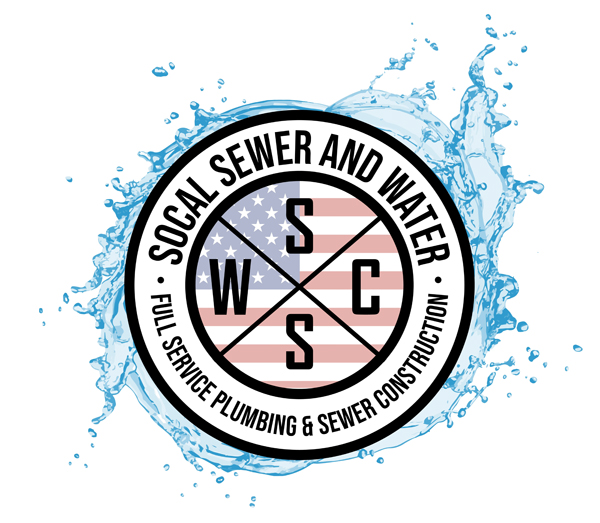Understanding Two Vital Infrastructure Systems
When it rains in Southern California, especially during storm season, many people don’t realize that the water disappearing down the street’s grates isn’t heading to the same place as the water from your kitchen sink or toilet. In fact, storm drains and sanitary sewers are two completely separate systems, each designed for different purposes and managed differently.
What is a Storm Drain?
A storm drain system is designed to collect rainwater and surface runoff from streets, sidewalks, and parking lots. Its main function is flood prevention. The collected water flows directly—untreated—into nearby creeks, rivers, or the ocean. This is why pollutants such as oil, trash, and chemicals that are washed into storm drains can have a harmful impact on aquatic life and water quality.
Storm drains usually consist of catch basins, curb inlets, underground pipes, and outfall structures. Since they carry only rainwater and runoff, there is no treatment facility involved. That’s why residents and businesses are advised never to dump anything into the storm drain system—it flows straight to the environment.
What is a Sewer?
The sewer system, on the other hand, is part of a sanitary infrastructure designed to collect and transport wastewater from homes, commercial properties, and industrial facilities. This includes water from sinks, showers, toilets, and appliances. Unlike stormwater, sewer water is directed to treatment plants where it undergoes a multi-step process to remove pollutants, bacteria, and contaminants before being safely released or reused.
Sanitary sewers are critical for public health, helping to reduce the risk or spread of disease and protecting natural resources. Sewer lines are sealed and maintained under strict environmental standards to prevent leaks and contamination.
Why the Distinction Matters
Confusing the two systems can lead to serious consequences. Dumping hazardous materials into a storm drain doesn’t just break environmental laws—it directly harms the ecosystem. Similarly, cross-connections (where stormwater and sewer lines are improperly linked) can overload treatment facilities or allow untreated wastewater to enter the environment.
Cities like those in Orange County rely on companies like SoCal Sewer & Water to maintain, repair, and upgrade both storm and sanitary sewer infrastructure. By understanding how these systems function and differ, homeowners and developers can contribute to the health and safety of their communities.
